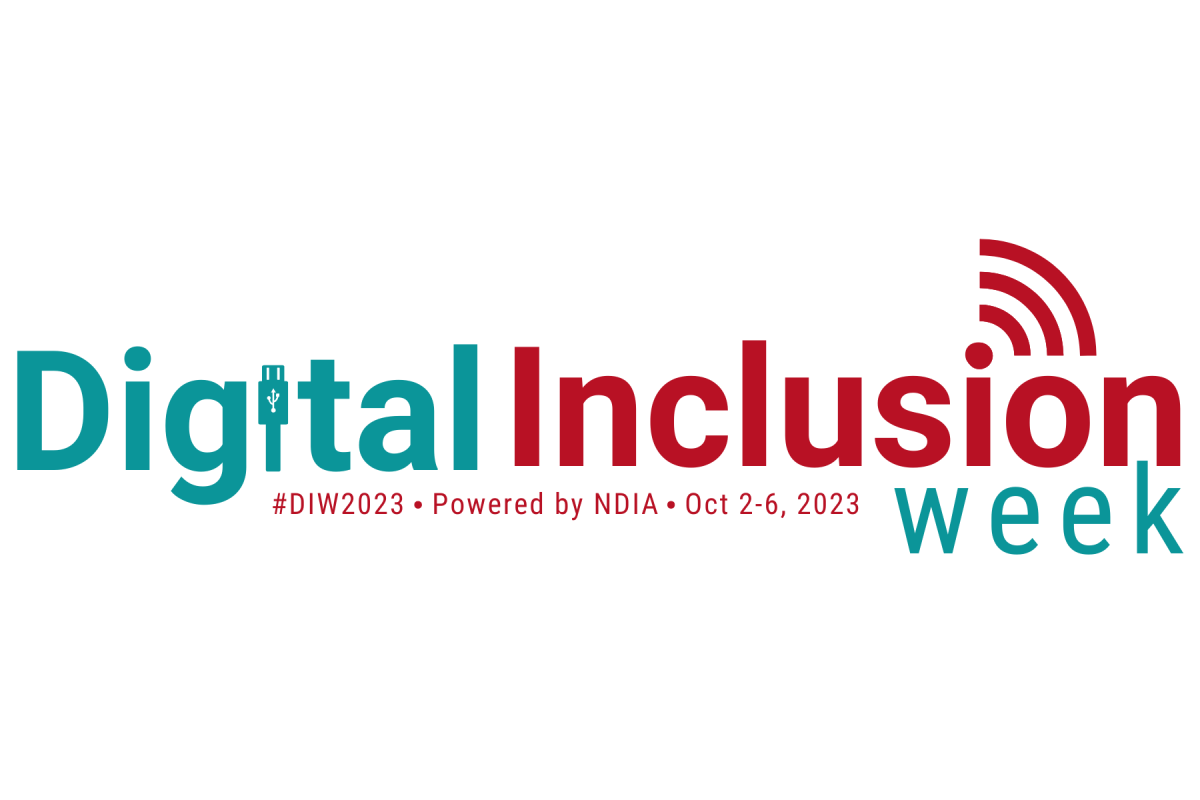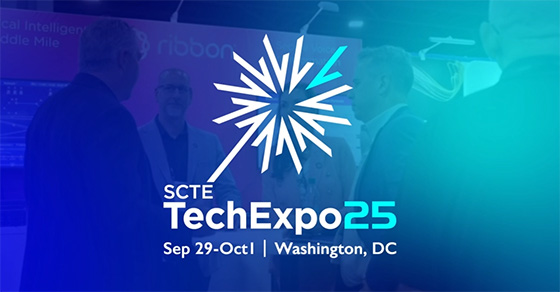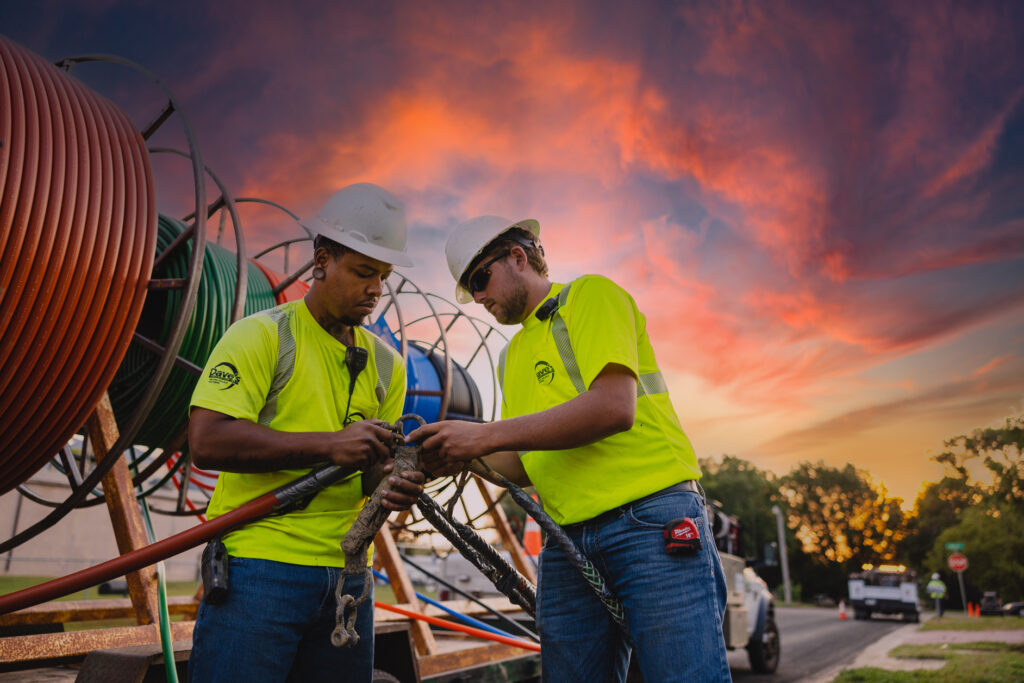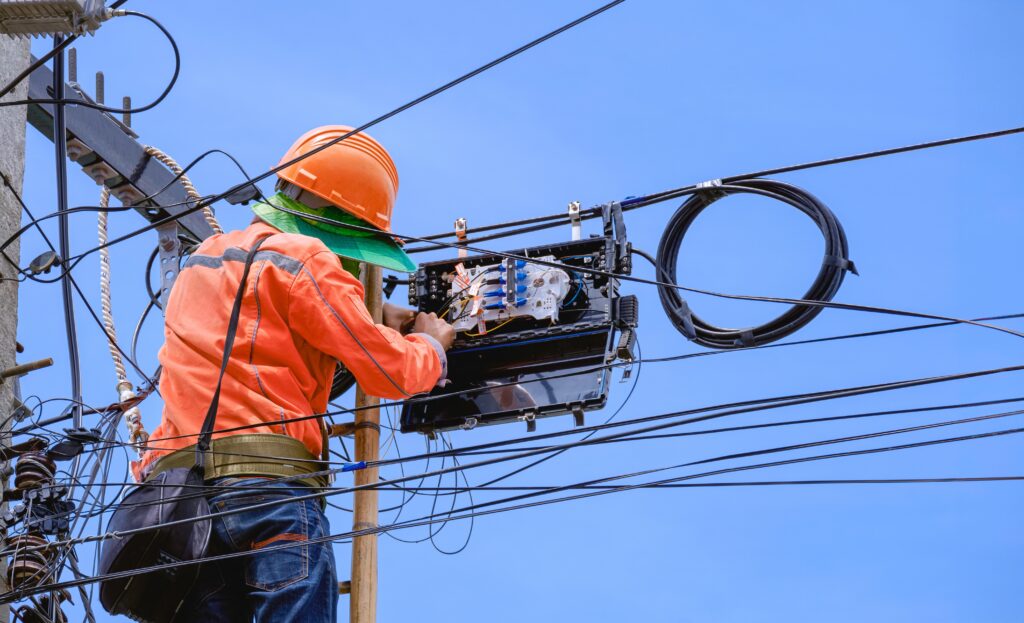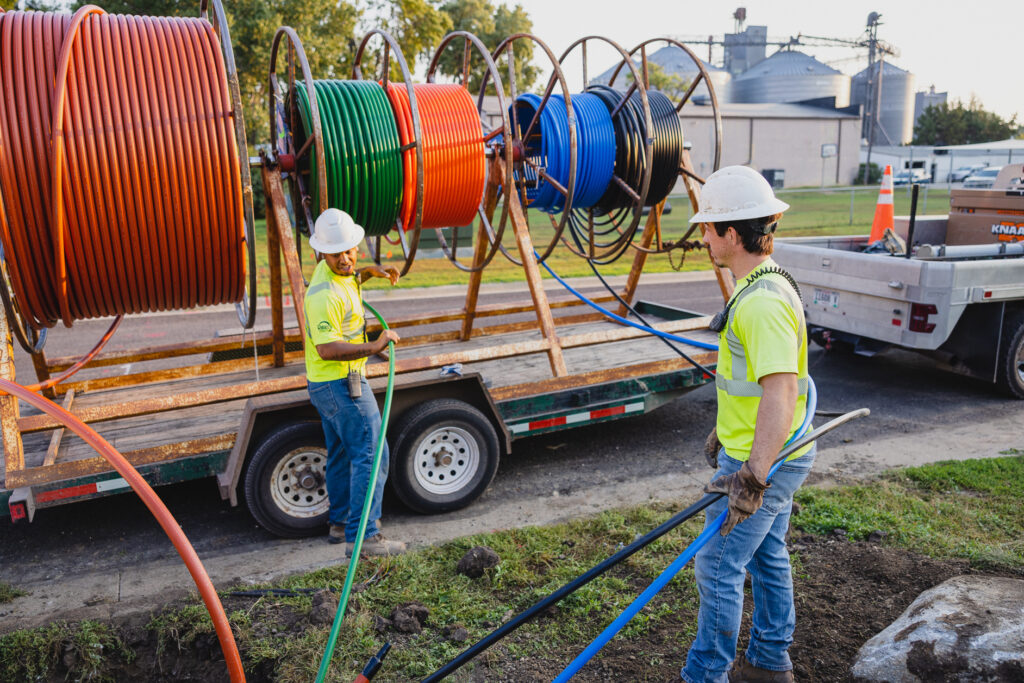Digital Inclusion Week, spearheaded by the National Digital Inclusion Alliance, serves as a reminder of the ongoing efforts to ensure that all people have access to high-speed internet connectivity. In honor of the week, here are a few ways that the cable industry continually works towards bringing broadband access to as many people as possible through investments, buildouts, partnerships, community programs, and through its long-term commitment to digital inclusion for all.
Expanding Infrastructure
One of the primary ways cable providers contribute to digital inclusion is by continuously expanding their infrastructure.
- In the last two decades, cable providers have invested over $310 billion building out and upgrading their networks across the country.
- Cable providers also aim to ensure that high-speed internet access is available not only in urban centers but also in rural and underserved regions. Case in point, over the past year they have made significant progress in extending their services to previously unserved areas throughout the country.
- Cable providers are also playing a vital role in the BEAD program, and their investments and their partnerships with the FCC and state governments are all helping to properly target communities that need the funds and broadband access the most, followed by underserved communities.
Affordability and Accessibility
Another crucial aspect of digital inclusion is affordability. To address this, cable providers offer a range of broadband adoption plans that cater to various needs of families and individuals.
- Cable providers work with government programs and nonprofits to offer free or discounted rates to low-income households, making internet service more accessible to all.
- This includes collaborating with the FCC’s Affordable Connectivity Program (ACP) to offer virtually free internet access to qualifying households through a combination of the federal subsidy and their own discounted programs. More than 21 million households have signed up for ACP to date.
- Cable broadband adoption programs, including Comcast’s Internet Essentials, Cox’s Connect2Compete, and Charter’s Spectrum Internet Assist have long been helping millions of families with school-aged children eligible for free or reduced school lunch, veterans, individuals with disabilities, and senior citizens to take advantage of all the benefits that a broadband connection has to offer.
Digital Literacy Programs
Access to the internet is just the first step towards digital inclusion, as people also need the skills to navigate the online world effectively. Cable providers recognize this need and collaborate with local organizations and schools to offer digital literacy programs. These programs teach essential digital skills such as online safety, email communication, job searching, and more.
- Comcast’s Digital Navigators program sends trained individuals to mentor and teach digital skills to individuals lacking internet access, and to raise awareness about the beneficial effects of programs like the ACP can have on their lives.
- Charter, Comcast, Cox, GCI, Midco, and Mediacom have established enduring partnerships with schools, local governments, nonprofits including the Boys and Girls Clubs of America, businesses, foundations, and reputable community organizations to provide digital skills training and workshops to the community.
- Cox’s Digital Academy offers video tutorials and lessons, and Charter’s Spectrum Community Center Assist which supports job and digital skills training to help people improve their economic situation.
By equipping individuals with these skills, cable providers and their partners empower them to fully participate in the digital age and access opportunities for personal and professional growth.
Community Engagement
Cable internet service providers are integral parts of the communities they serve. Many providers actively engage with local organizations and initiatives, as mentioned above, to foster digital inclusion. They sponsor community events, support local schools, and participate in projects aimed at promoting technology access.
As technology continues to evolve, the cable industry will remain at the forefront of efforts to make the internet more accessible and inclusive. In doing so, cable providers are not only connecting communities but also transforming lives and contributing to a more equitable digital future for all.

